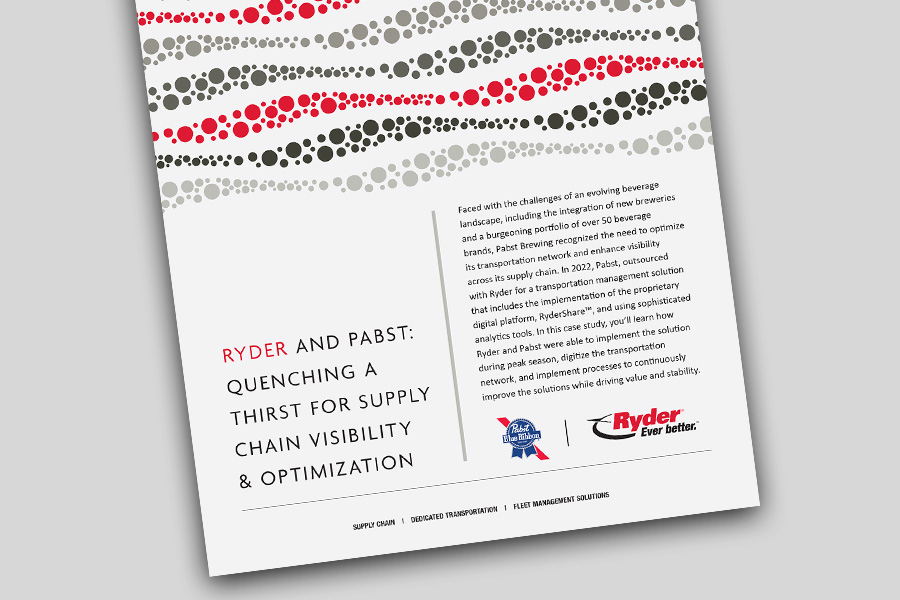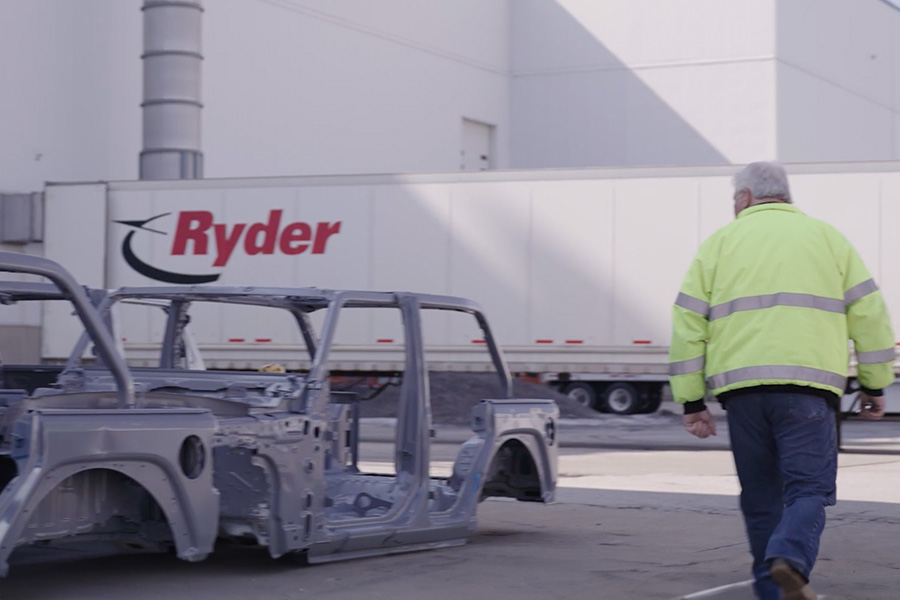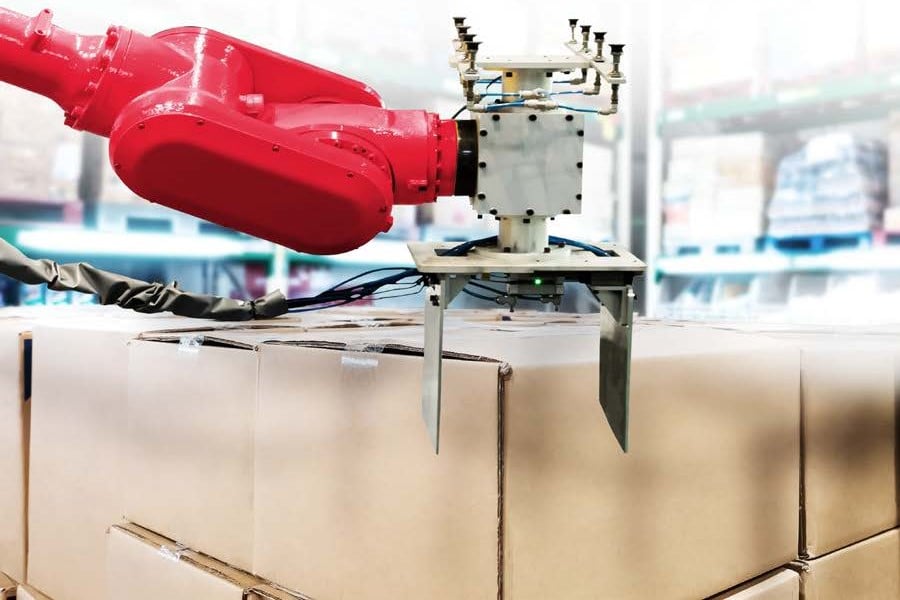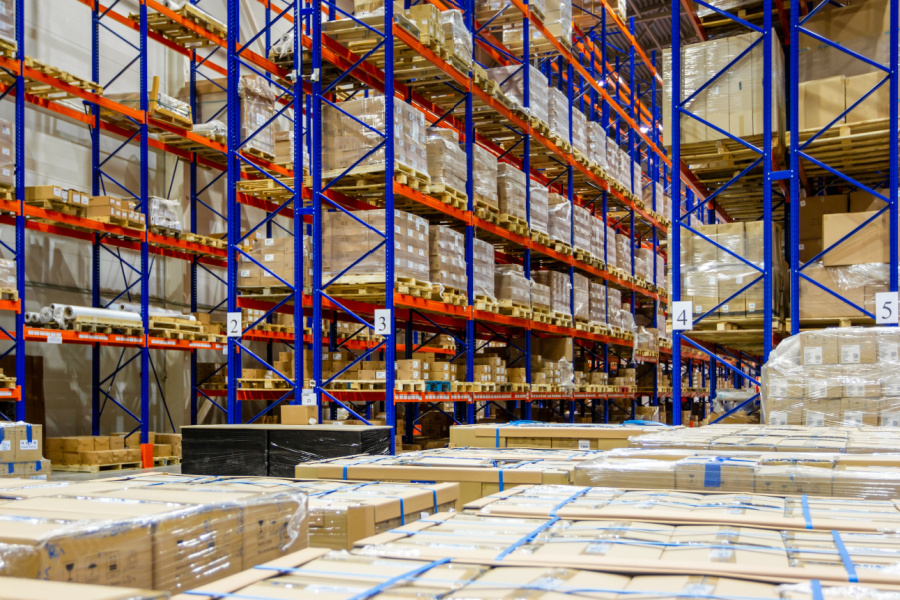The transportation and logistics industry is known for continual innovation and use of new technology. Over the past two years, supply chains have been pressed by the growth of e-commerce and customer demands for speedy and reliable deliveries. “There has been more emphasis and awareness on supply chains and logistics on a macro level, a micro level and an ultra-micro level,” says Tim Brown, managing director of the Supply Chain and Logistics Institute at the Georgia Institute of Technology.
To meet relentless customer expectations, the transportation and logistics industry is reimagining its approach to everything from recruiting drivers to making information more transparent. Here are four key transportation and logistics trends to watch in the year ahead and beyond.
1. Promoting Work-Life Balance for Drivers
The United States has faced a chronic shortage of truck drivers for years. However, the pandemic turned the shortage into a crisis, as there was a surge in both shipped goods and early retirements. “The shortage has also been exacerbated by a lot of the typical long-haul drivers moving into the gig economy,” Brown says.
Dealing with these shortages, and capacity constraints from carriers, is causing companies to outsource more of their logistics operations. As a result, interest is growing in dedicated transportation services, where a third-party logistics firm (3PL) manages a private fleet for a company and handles such issues.
Ryder now has more than 50 recruiters for drivers, focused on the nuances of specific regions. 3PLs must address the issues that have contributed to the shortages, such as long hours and lack of work-life balance. “Over 85% of our drivers are home every night or every other night,” says Steve Sensing, president of global supply chain solutions at Ryder. “That’s very attractive to the driver community. Our engineering team has done a great job in designing those routes to allow drivers to be home frequently.”
2. ‘Faster Please’ Is the New Normal
Companies are implementing a variety of strategies to meet customer demands for quicker and more accurate deliveries.
In 2021, Ryder opened a 75,000-square-foot hub in Milwaukee, and a 108,000-square-foot hub in Philadelphia is slated to open in October. These “last-mile” facilities are needed to handle the escalating demand for big-and-bulky items, like furniture, and non-conveyable items, which have irregular sizes.
Getting the last-mile facilities closer to the end-consumer is only one method for speeding deliveries. Companies are also exploring forward deployment of goods—the emerging trend of sending goods to an area in anticipation of orders. This puts a premium on analytics and data that can predict customers’ future needs.
“Companies have to be very diligent in their inventory carrying cost, so they have to make sure they’re putting products in the right ZIP codes based on their information and expectations of customers’ ordering,” Sensing says. “The first wave of companies that are using forward deployment are doing even better than expected.”
Brown notes that forward deployment can also bring greater efficiencies that promote better environmental practices.
3. The Nuances of Supplier Diversity and Nearshoring
Just-in-time (JIT) delivery models are a great approach to managing inventory level—if everything goes well. As supply-chain disruption becomes a growing risk, companies are considering not just the cost of delivery, but also the cost of running out of products.
“Ice storms across Texas and in the South impacted the availability of resin, and that really affected a number of products,” Sensing says. “The furniture industry couldn’t make foam for cushions, for example.”
Supplier diversity and nearshoring are gaining more attention, as companies look to reduce risk and boost supply-chain reliability. Companies have to work through delicate issues, like labor shortages and environmental regulations that prevent manufacturing facilities from being built in certain areas.
“The U.S. capabilities in manufacturing aren’t what they were in the middle of last century, and compared to other countries, we lack workers with specific skills, like high-end machining,” Brown says. “We need to start nearshoring by moving more of the final assembly to the U.S., which doesn’t require the same skill set as some other manufacturing roles.”
4. Supply Chain Transparency Provides New Paybacks
The need for greater supply chain visibility was made apparent in the early days of the pandemic. “When people came into a store looking for cleaning supplies and toilet paper, the mark of great customer service was whether the manager could go online, see that the shipment would arrive at 3 p.m. and then actually have the shipment arrive at 3 p.m.,” Sensing says.
That’s one reason that RyderShare™, the company’s collaborative visibility tool, saw a high adoption rate in 2020, Sensing says. Operations teams, and even end-customers, can use the tool to track and trace products in real time. Companies want to be able to see a developing problem well in advance and then divert products as needed throughout the supply chain.
Companies are also using this heightened transparency to increase flexibility, Sensing explains. Consumer packaged goods (CPG) and healthcare companies are now looking into how they can use this information to ensure that trucks which make a delivery can pick up something on the way back—an efficiency that has often been difficult to achieve in those industries before.
These four trends, taken together, represent how transportation and logistics maintains a steady focus on innovation in service of the customer experience. “The changing tastes and demands of consumers, along with the surge in e-commerce, are creating new complexities in supply chains,” Sensing says. “As the transportation and logistics industry evolves, 3PLs must also continually advance their capabilities to give companies the flexible, agile and transparent supply chains they need.”
This article was first published by Wall Street Journal, and republished with permission.




